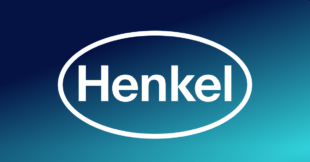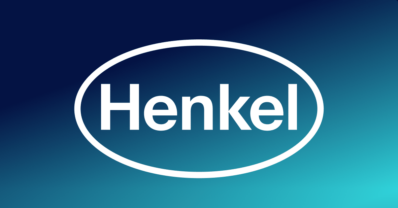The Challenge
A multi-national food services and facilities management company operating in 40+ countries with hundreds of thousands of employees worldwide faced significant challenges with their data architecture. As an organization covering services from early childhood care to senior care facilities and from corporate dining to institutional management, they needed a unified approach to leverage their data effectively.
When their new Director of Data and Analytics Platform joined, she identified several critical pain points that were hindering the organization’s ability to operate efficiently. Business users were waiting up to three months to access data they needed for decision-making, causing delays in strategic initiatives and operational improvements. The architecture was highly siloed, with separate cloud data warehouses created for each use case, leading to inconsistent data and duplicated effort.
Time-to-market for new data initiatives was exceedingly slow, preventing the organization from responding quickly to market changes and opportunities. Complex data governance requirements due to international privacy regulations created additional challenges in providing access while maintaining compliance. The lack of metadata management made it difficult to implement granular access control for sensitive information. Perhaps most critically, there was no unified view across regional data sources, with different point-of-sale providers and facility management software in each region.
“Data is not accessible. I don’t know how to access data. I’ve been waiting for three months to see the data,” were common complaints from business users, according to the Director.
Why Dremio?
Before joining this company, their Director had experience with Dremio at a major travel technology company. When evaluating solutions to address their data challenges, her team identified Dremio as “a key accelerator for democratizing data access and analytics for our business.”
They selected Dremio because they needed a solution that could address their complex requirements in a comprehensive way. The platform provided easy access to data through a user-friendly interface, making it accessible to users across the organization regardless of technical expertise. It also effectively hid the underlying complexity of their Azure-based infrastructure, allowing users to focus on data rather than technical details.
Dremio enabled granular access control to maintain compliance with international regulations while tracking data access for governance purposes. It could unify data across different regional systems without requiring complex migrations that would disrupt operations. Importantly, it integrated with their existing data warehouse while building toward a modern lakehouse architecture, bridging their current state with their future vision.
“The Dremio team was really, really so much proactive that we ended up actually showing more value to the business by deploying Dremio,” said the Director.
The Solution
The company implemented Dremio as their semantic layer, starting small and scaling up as they demonstrated value to the business. Their phased approach began with an initial proof of concept using one virtual machine running Dremio Enterprise for a supply use case. As adoption grew and they demonstrated clear benefits, they migrated to a more scalable Kubernetes-based platform in Azure to handle increasing data volumes and user requests.
They unified their data assets by connecting existing data warehouses to Dremio and building a lakehouse architecture, creating what the Director described as “the union of the Old World and the New World.” This approach allowed them to leverage existing investments while moving toward a more modern data platform. For user adoption, they implemented a marketplace where users could subscribe to data, with access granted by data owners or governors based on their roles and needs.
The company used Dremio to build global data assets by unifying regional sources that had previously been isolated. This included global supplier data across business branches, article data, work orders, and consumer transactions. By bringing these disparate sources together, they could create a comprehensive view of their operations across regions.
“In every single region, we have different solutions. We have different points of sales providers, we have different facility management software to track work orders, etc. And we would like to have reporting at the global level, so we need to unify all those local sources into one single global data asset,” explained the Director.
The Impact
Implementing Dremio transformed how this company manages and uses data, creating both business and technical benefits throughout the organization. From a business perspective, they achieved true democratization of data access, with everyone from data scientists to business analysts to solution architects now using Dremio as their go-to platform for data exploration and analysis. Time-to-value was accelerated dramatically, as users no longer waited months for data access and could self-serve their analytics needs.
They created a unified global view of their business with a single version of truth for critical business data across regions, enabling more consistent decision-making. Data sharing improved significantly, with Dremio becoming the native data sharing solution for the company, breaking down information silos that had previously hampered collaboration.
The technical benefits were equally substantial. Dremio serves as the unified semantic layer across the organization, providing consistent definitions and access patterns. They implemented a data mesh architecture that enabled products from various platforms (like Databricks) to access the single version of truth, improving system integration. Business users now connect tools like Power BI directly to Dremio to find insights without requiring IT intervention, and the architecture was simplified by connecting both traditional data warehouses and modern lakehouse components through a single platform.
The impact has been so significant that in a recent NPS survey, one user defined their role simply as “Dremio user” - suggesting that using Dremio has become a full-time job for some employees.






